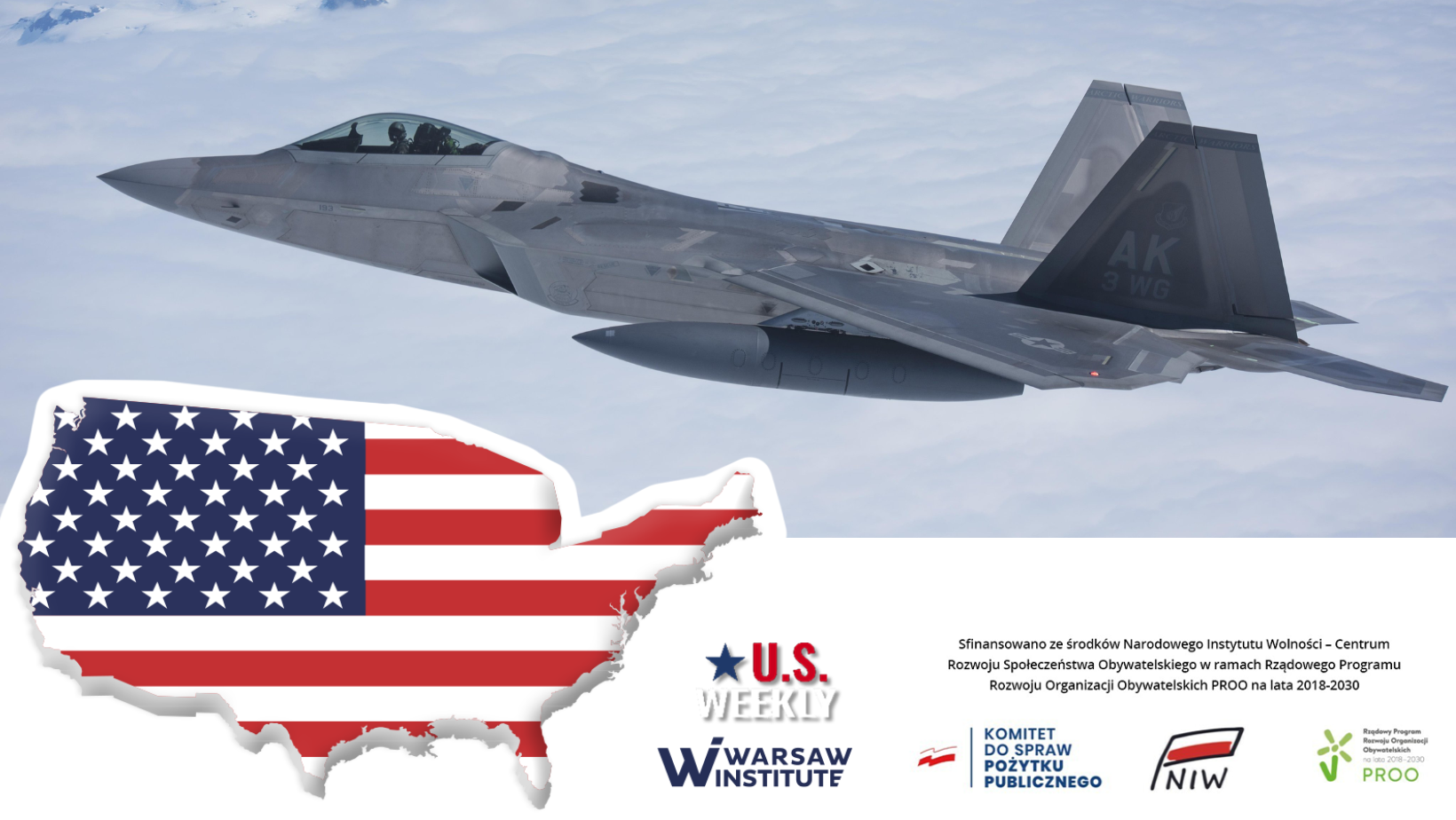New U.S. Arctic Strategy: A new field of rivalry between superpowers?
The Arctic is home to more than four million people. Despite its low population densities, the Arctic has strategic importance due to its extensive natural resources and military context. The Biden administration has pursued a comprehensive foreign policy, as evidenced by its new Arctic strategy seeking to grant Washington an advantage over other Arctic claimant nations.

Date: 24 October 2022
The Arctic consists of the Arctic Ocean and parts of Canada, Denmark (Greenland), Finland, Iceland, Norway, Russia, Sweden, and the United States (Alaska). Its territory is not subject to any regulation by international law. Two doctrines might regulate what country holds what Arctic land. The high seas doctrine says that the whole Arctic territory is open to all nations and may not be subjected to national sovereignty. According to the sector theory, Arctic countries could pursue claims to all discovered and undiscovered territories in their respective sectors. The Arctic holds an estimated 90 billion barrels of the world’s undiscovered oil resources and 1.67 billion cubic meters of its undiscovered natural gas resources, according to an assessment conducted by the U.S. Geological Survey. It accounts for 22 percent of the world’s oil and gas resources.[1] The Arctic contains a huge quantity of methane clathrate. Thus many countries have submitted claims to Arctic natural resources.
According to an official White House statement, the United States seeks an Arctic region that is peaceful and cooperative. The new National Strategy for the Arctic Region is an update of the 2013 agenda, poised to take a decade to realize this vision. This paper, however, addresses the climate crisis with bigger accuracy and accounts for increasing strategic competition in the Arctic, exacerbated by climate change, Russia’s war in Ukraine, and the People’s Republic of China’s increased efforts to garner influence in the region.
What might have prompted a Chinese threat in the Arctic was an Alaska summit, the first major meeting with Chinese officials under a new U.S. administration. Where they met must have been a clue for U.S. Secretary of State Antony Blinken. As tensions sour across the Pacific, many officials seem to overlook Chinese ambitions to become “a polar power” by 2030.[2] “China describes the Arctic as one of the world’s “new strategic frontiers,” ripe for rivalry and extraction. China sees the Arctic—along with the Antarctic, the seabed, and space—as ungoverned or undergoverned spaces,” according to the Brooking Institution report Northern expedition: China’s Arctic activities and ambitions, compiled jointly by Rush Doshi, Alexis Dale-Huang, and Gaogi Zhang. China is another country that has openly channeled its efforts into the Arctic.
For Russia, the Arctic poses a similar challenge as for other claimant states. Moscow has yet adopted a slightly distinctive perspective. As the United States and China seem to have taken the lead across the region, Russia is indeed losing its influence there. And yet, Russia’s coastline accounts for 50 percent of the Arctic Ocean’s coastline while the country has the world’s biggest icebreaker fleet.[3] How salient the Arctic is for the Russian invasion of Ukraine and NATO’s expansion was expressed in May by Nikolai Korchunov, a Russian diplomat. Finland and Sweden’s expected accession to NATO might prompt some clashes, he said.[4]
As global warming melts sea ice across the Arctic, some shipping routes may be opening up. Against this backdrop, world powers will begin efforts to grab the biggest chunk of Arctic shipping lanes. These territories could potentially see some heightened tensions. Unblocking all shipping lanes in the Arctic could provide a direct link between North America and Eurasia. Easier access to shipping lanes would, however, pose some risks. A new Arctic maritime path will open up the shortest passage between the United States and its rivals in the Pacific.
Washington’s new Arctic strategy involves four pillars:
- Security
The Biden administration’s highest priority is to deter any threats to the United States. The U.S. government pledged to work closely with allies to jointly develop and lead shared approaches to address security challenges together. Washington also seeks to keep its military and diplomatic presence across the Arctic.
- Climate change and environmental protection
The Biden administration declared it would partner with Alaskan communities and the state of Alaska to build resilience to the impacts of climate change in the North Pole.
- Sustainable economic development
The U.S. government pledged to pursue sustainable development and improve livelihoods in Alaska, investing in infrastructure and supporting growing economic sectors.
- International cooperation and governance
Despite the challenges to Arctic cooperation resulting from Russia’s war in Ukraine, the United States will work to sustain institutions for Arctic cooperation, including the Arctic Council. The U.S. administration also seeks to uphold international law, rules, norms, and standards in the Arctic.
Washington’s new Arctic strategy spans both domestic and international issues. Not only does the Biden administration consider the free access doctrine in the Arctic, but it will also seek to build up its presence in the area. A boost in Alaska’s strategic importance will increase the U.S. influence across the Arctic. There are nearly 22,000[5] U.S. troops in Alaska in nine military facilities around the state. As new shipping routes open up in the Arctic and with Washington’s new Arctic paper, perhaps the U.S. will deploy more troops to the area. To accurately tackle a new geopolitical challenge, the country’s armaments industry––so far focused on building new ships––must channel its efforts into building a fleet of icebreaking vessels.
[1]US Congressional Hearing. “Strategic Importance of the Arctic in US Policy.” [page 15]
[2]https://www.brookings.edu/research/northern-expedition-chinas-arctic-activities-and-ambitions/
[3]https://pism.pl/publikacje/Polityka_Rosji_wobec_Arktyki
[4]https://www.money.pl/gospodarka/rosja-ostrzega-wojna-moze-przeniesc-sie-na-nowy-teren-6771579480996352a.html
[5]https://www.jber.jb.mil/Units/Alaskan-Command/
No comments:
Post a Comment